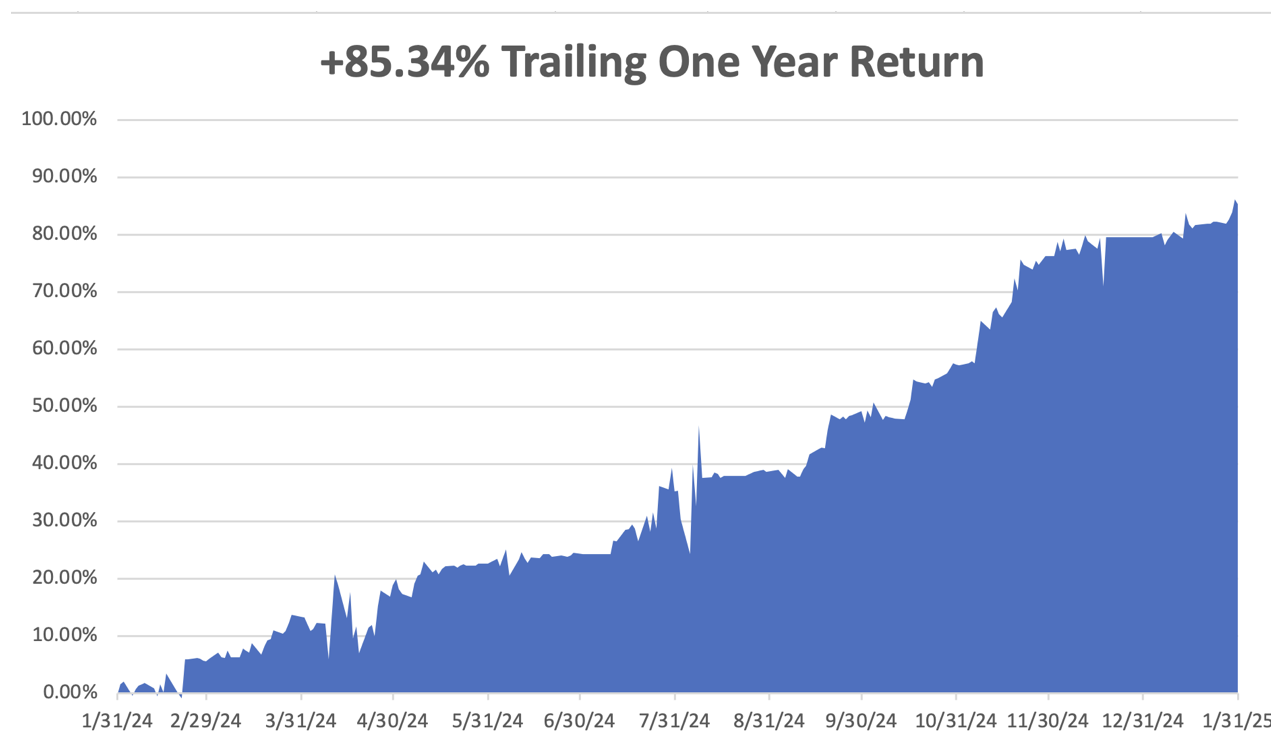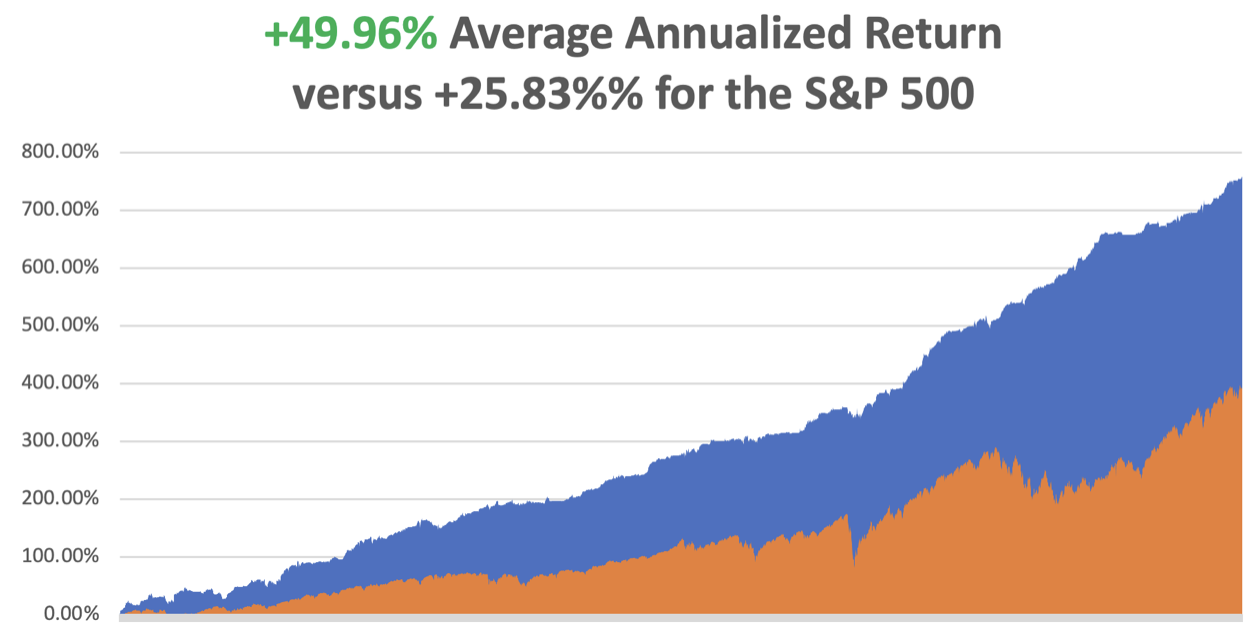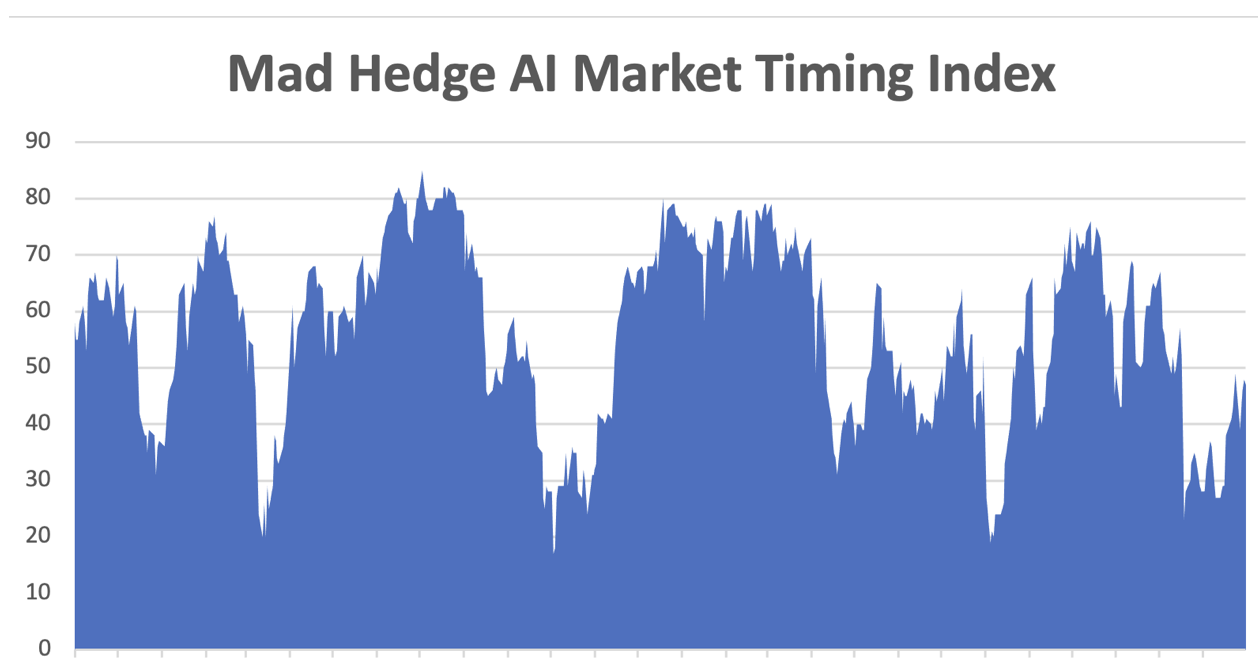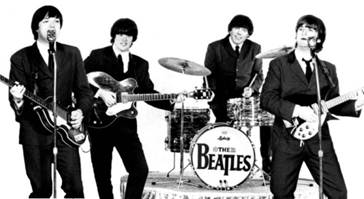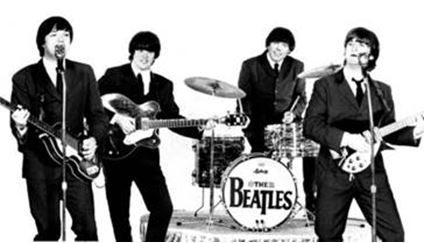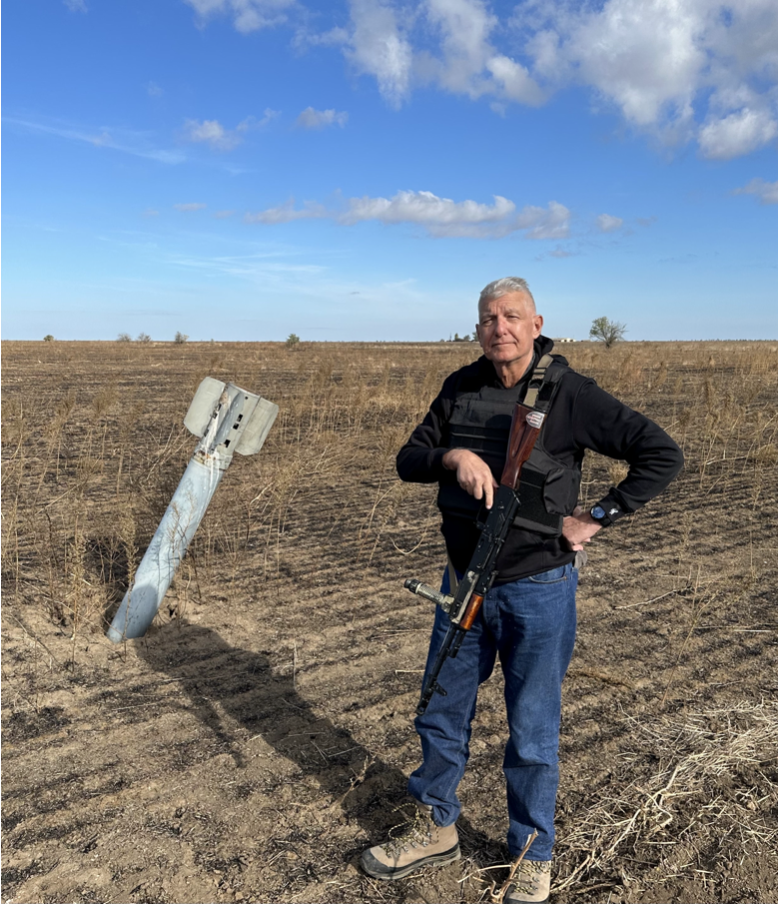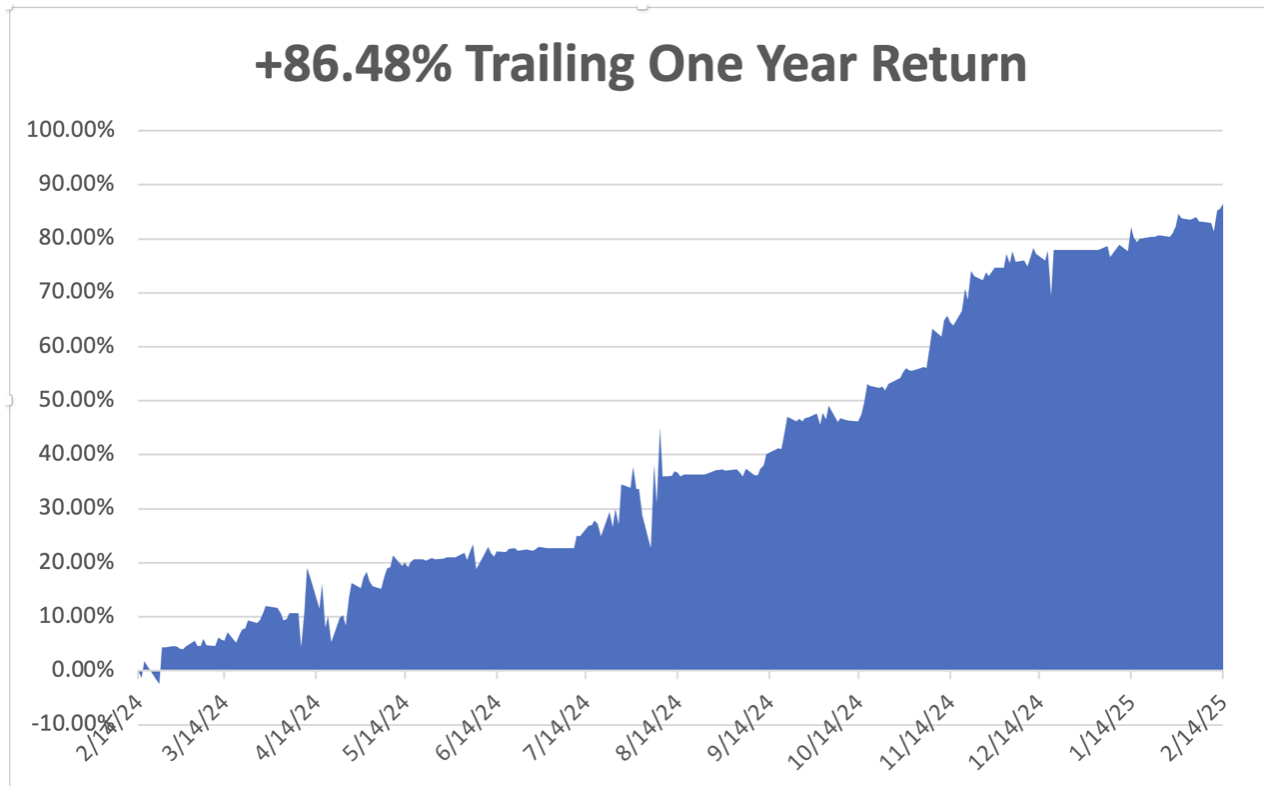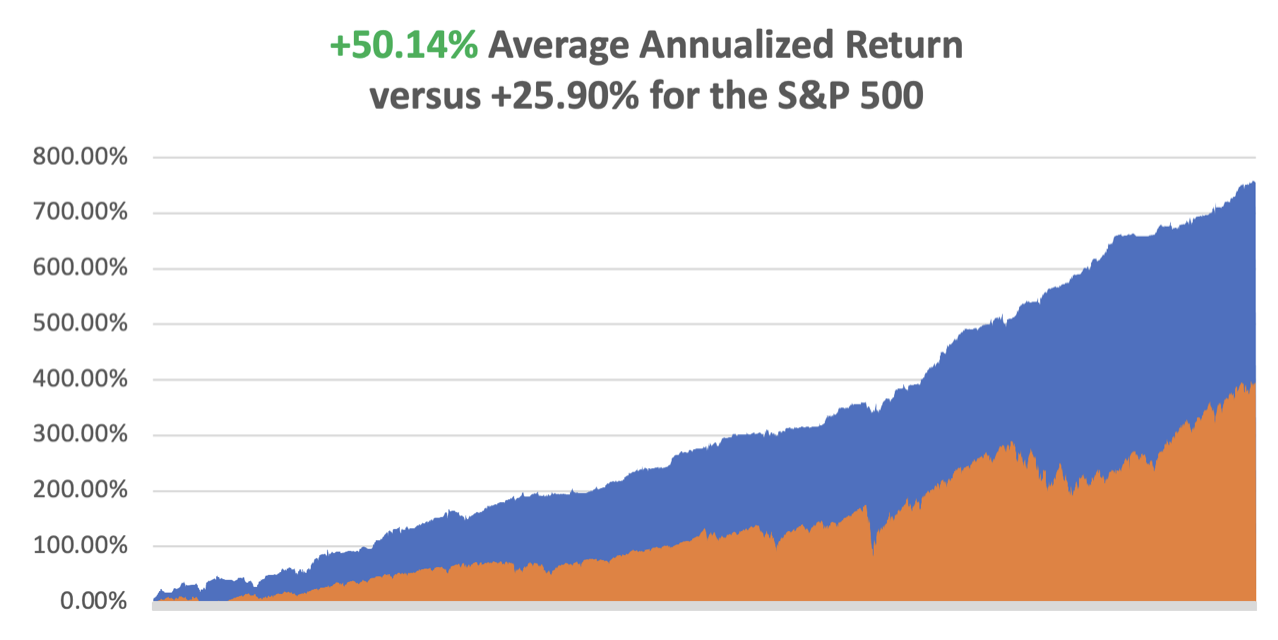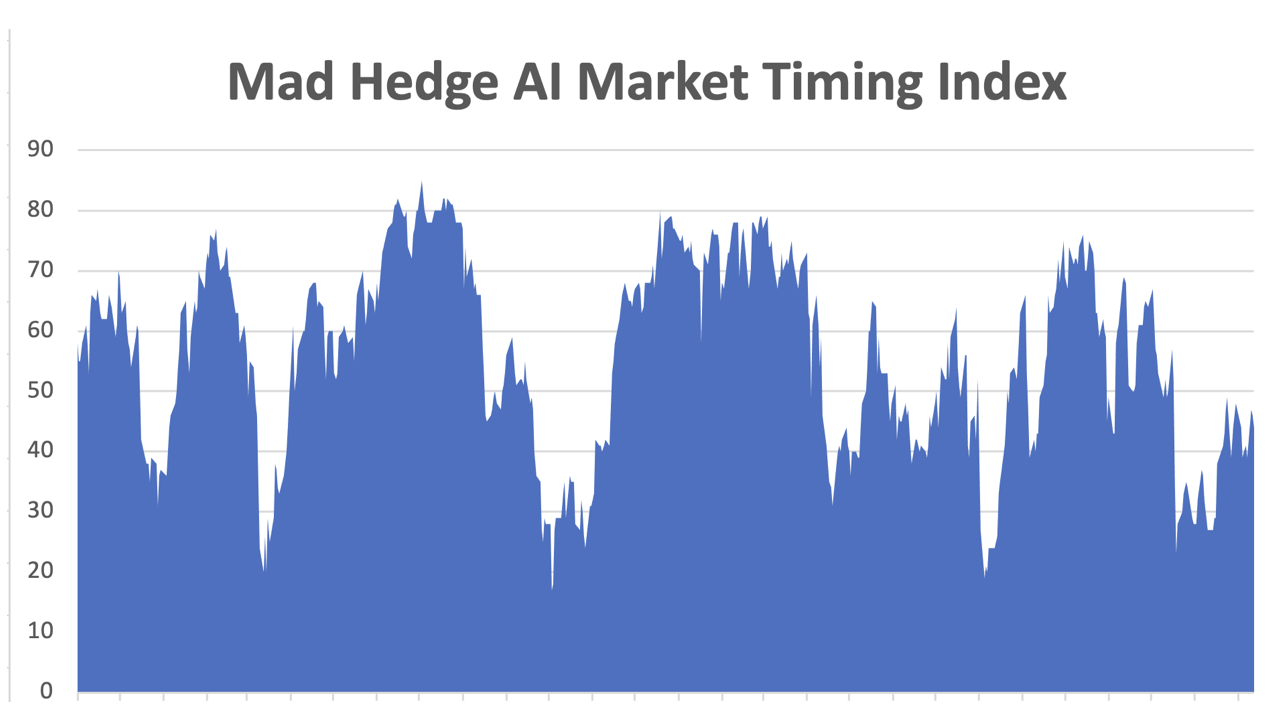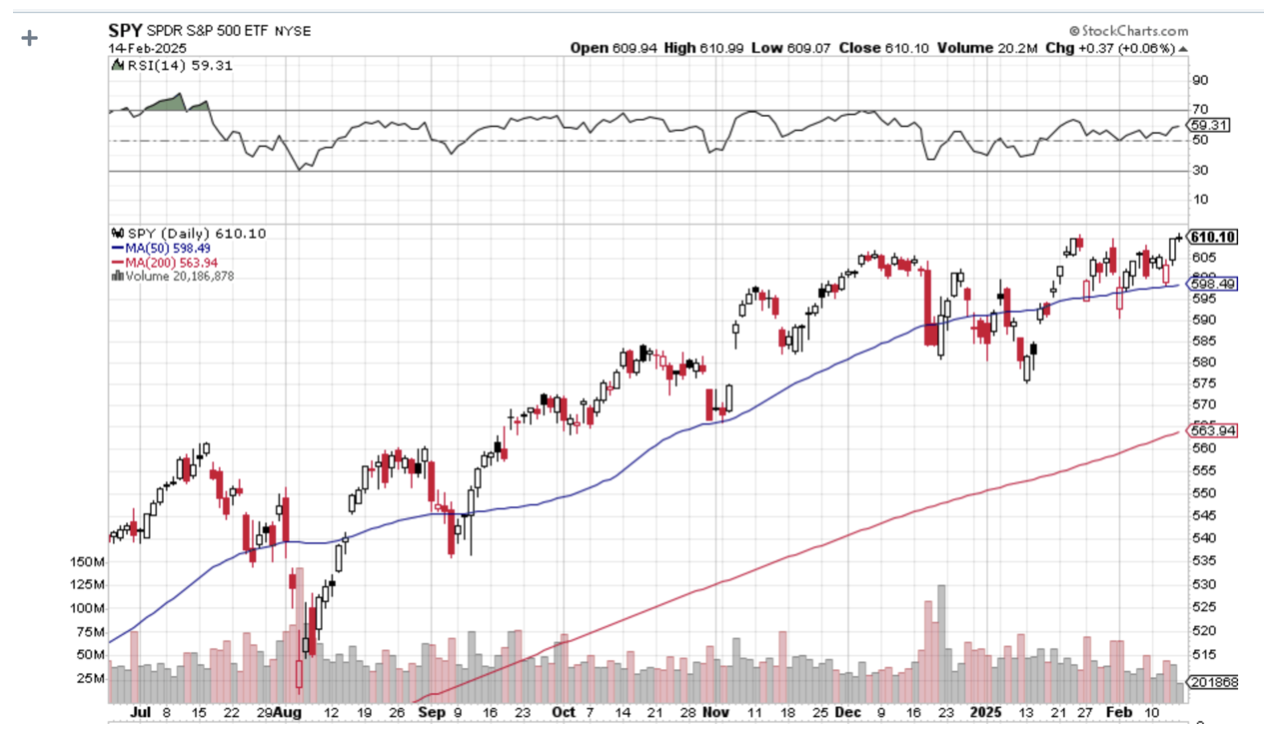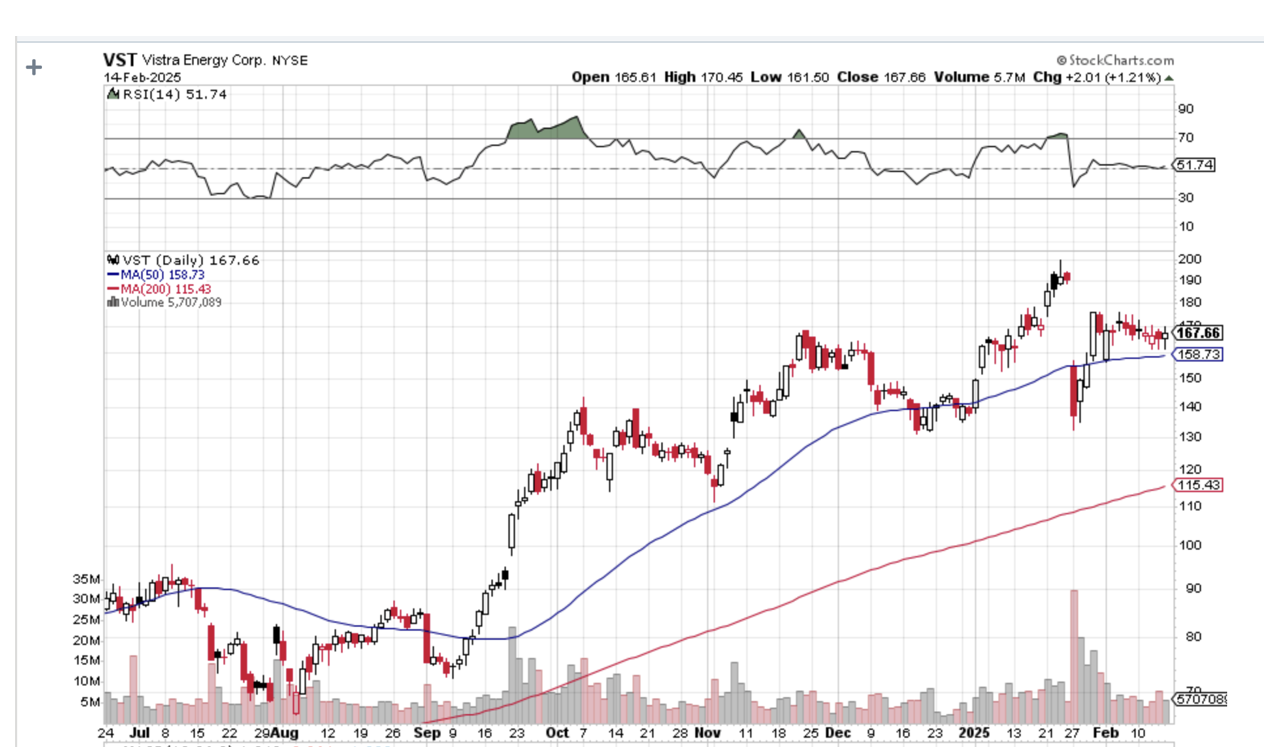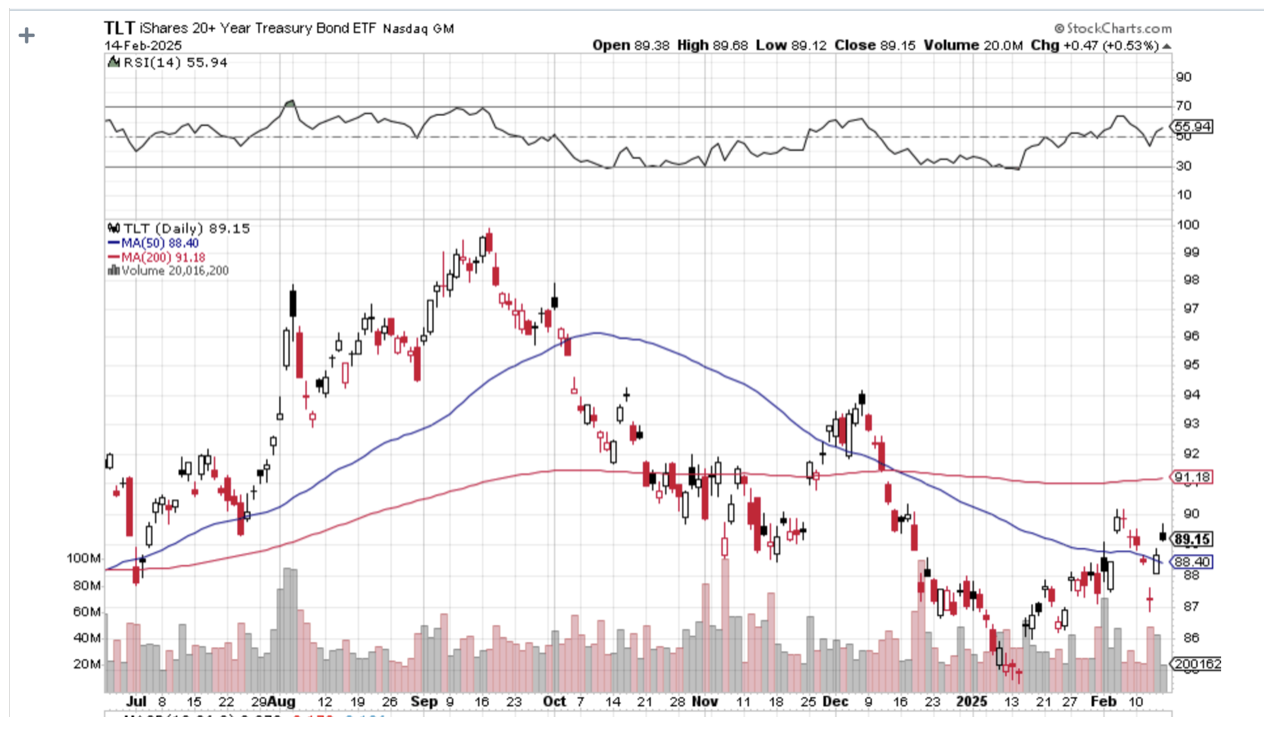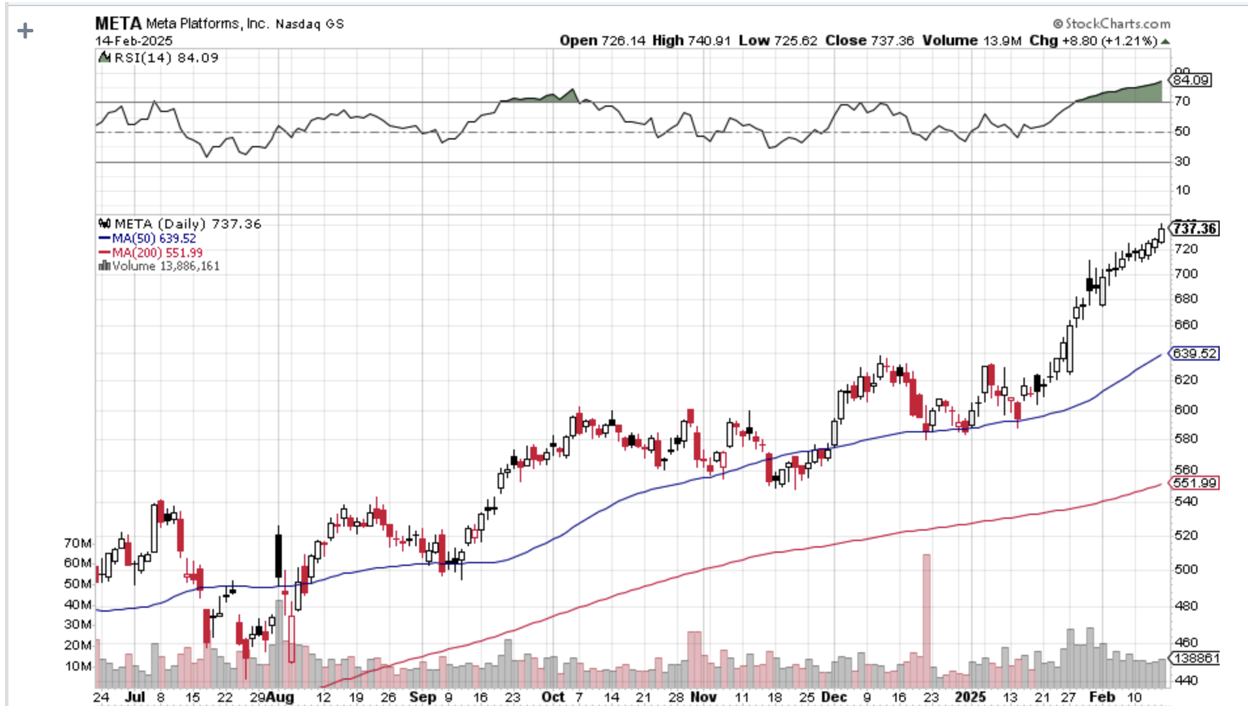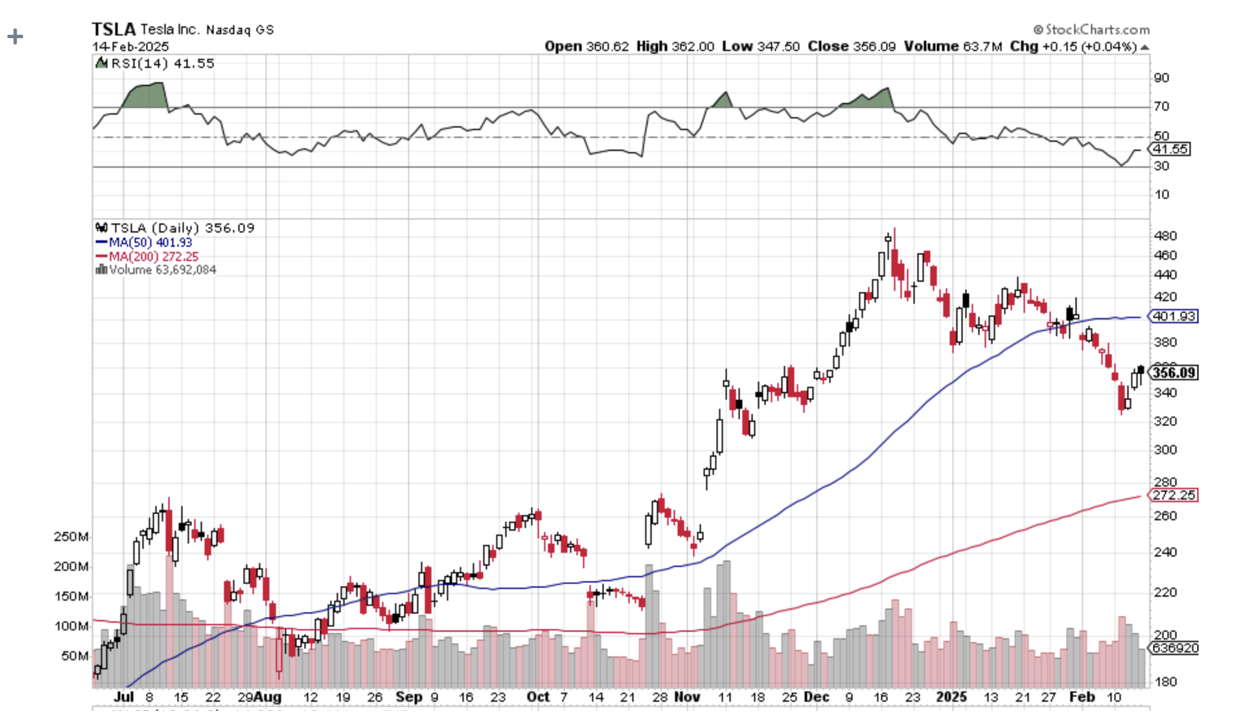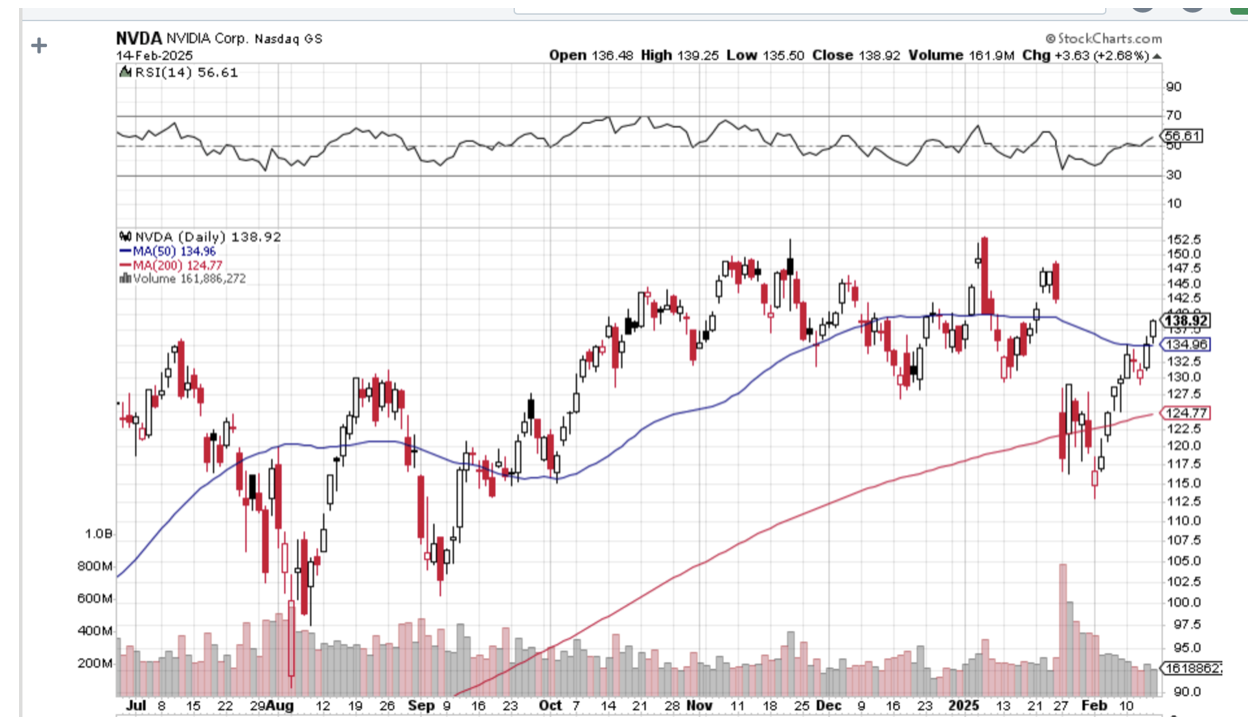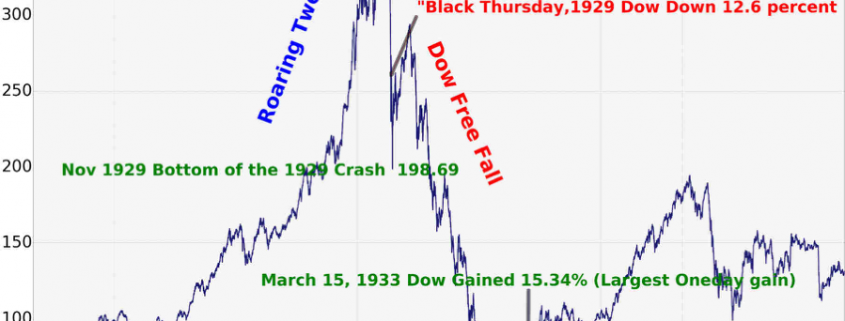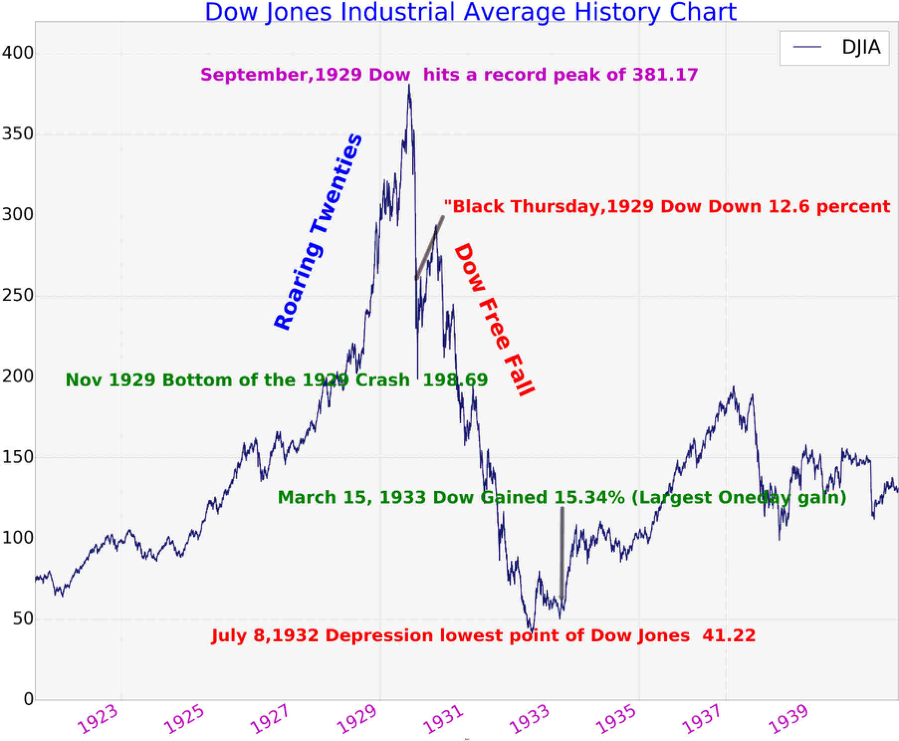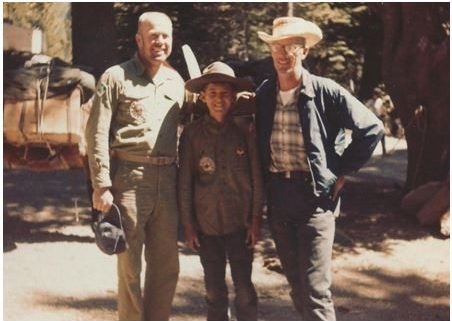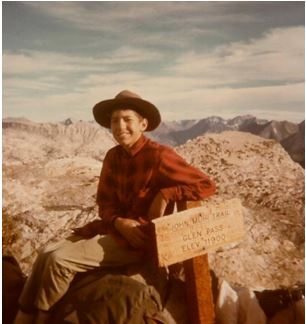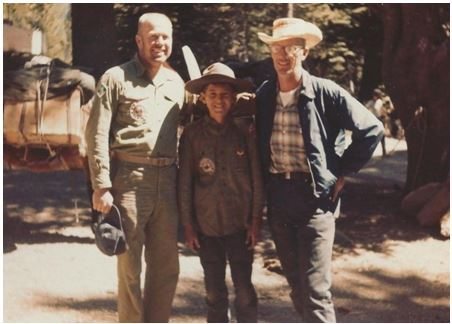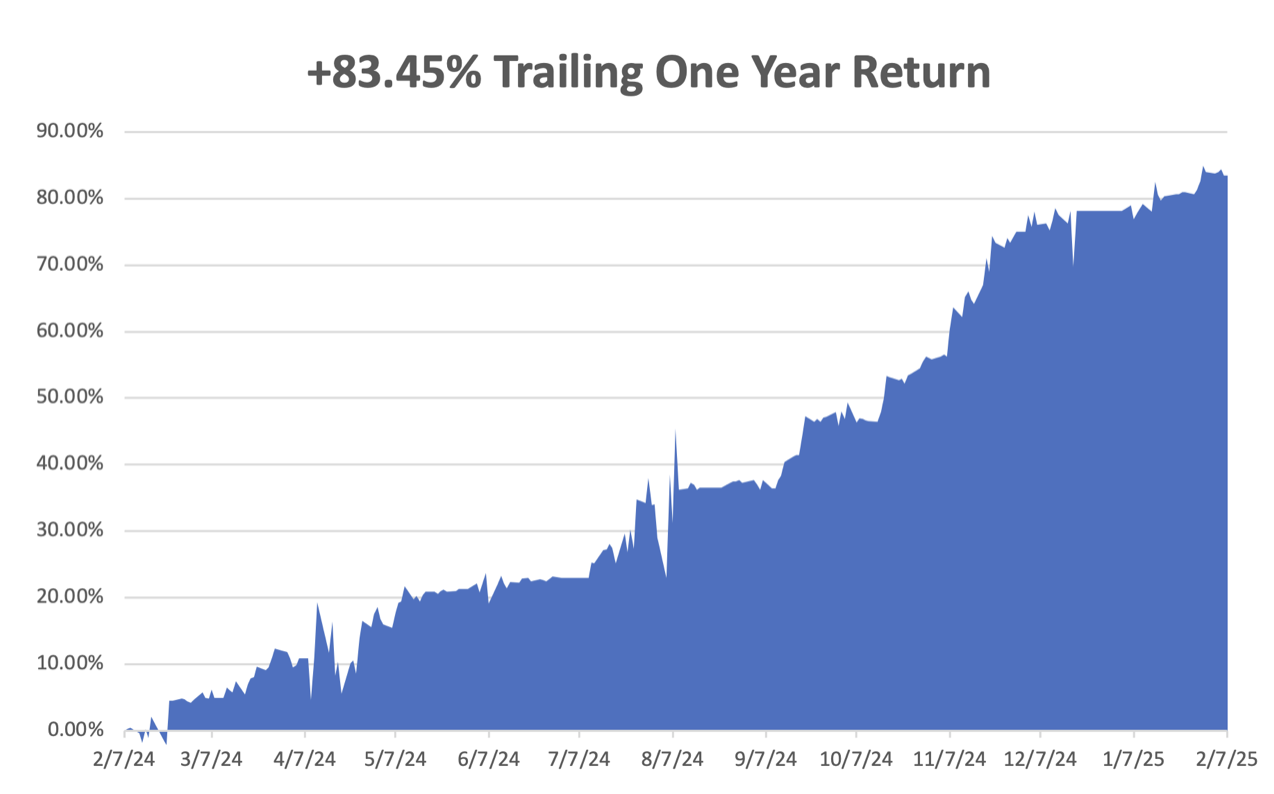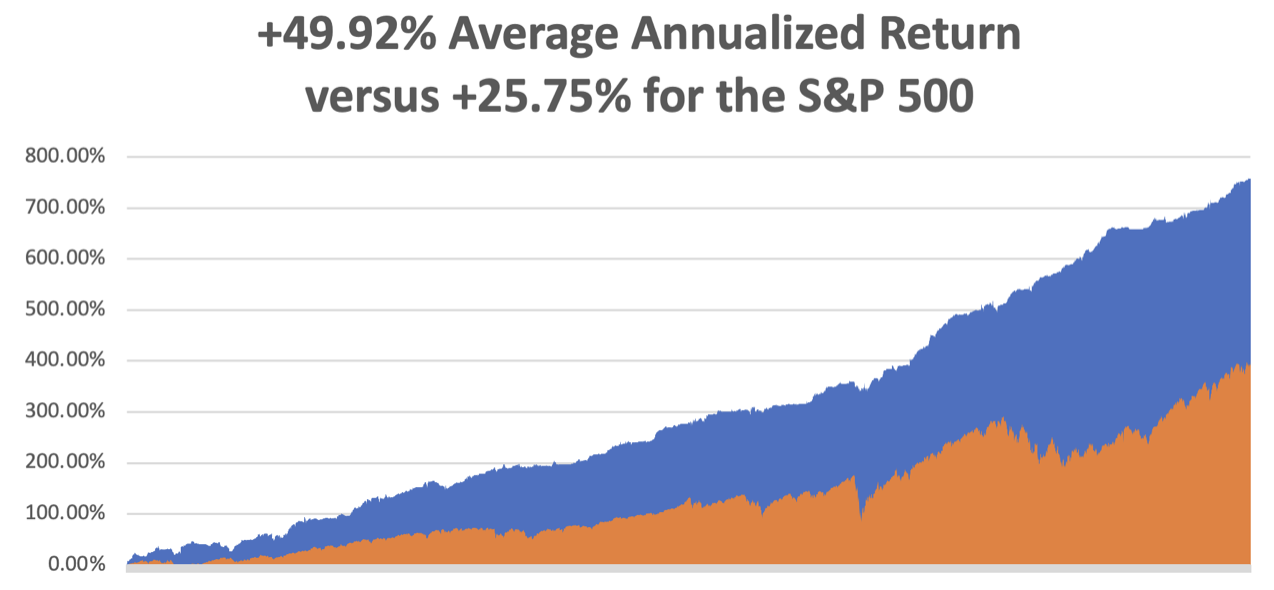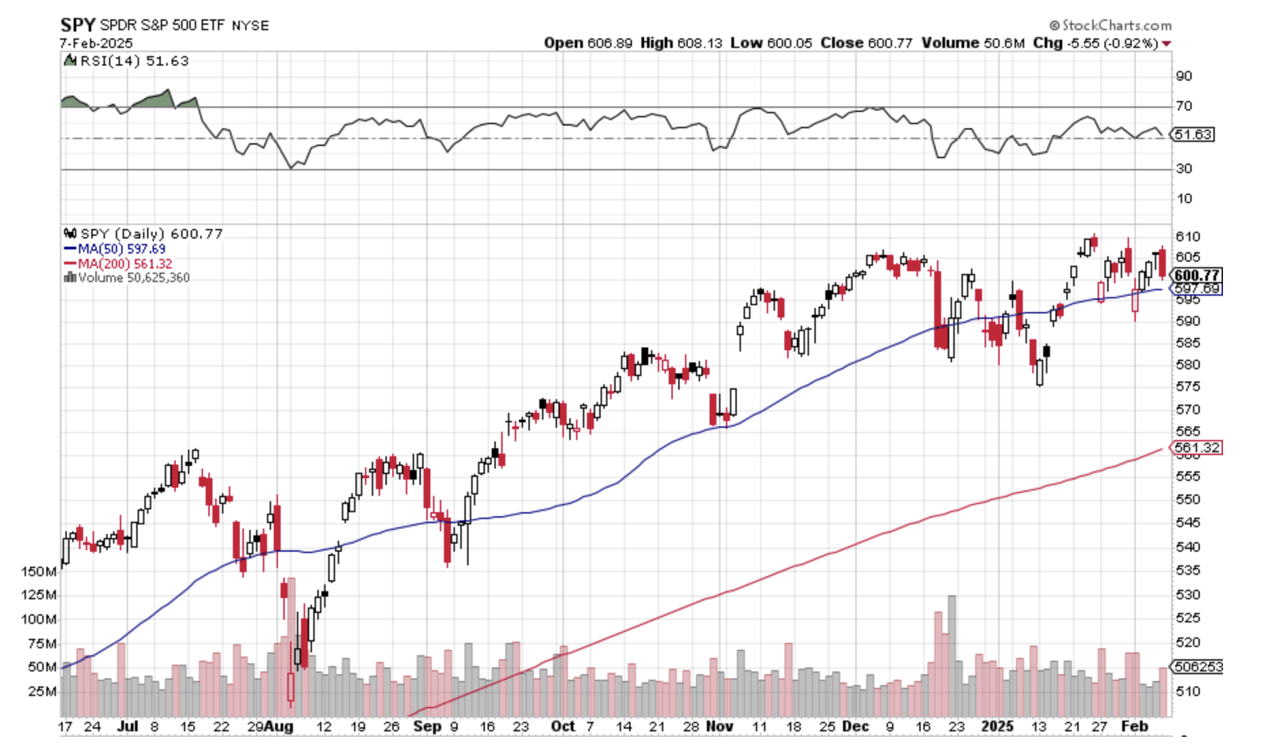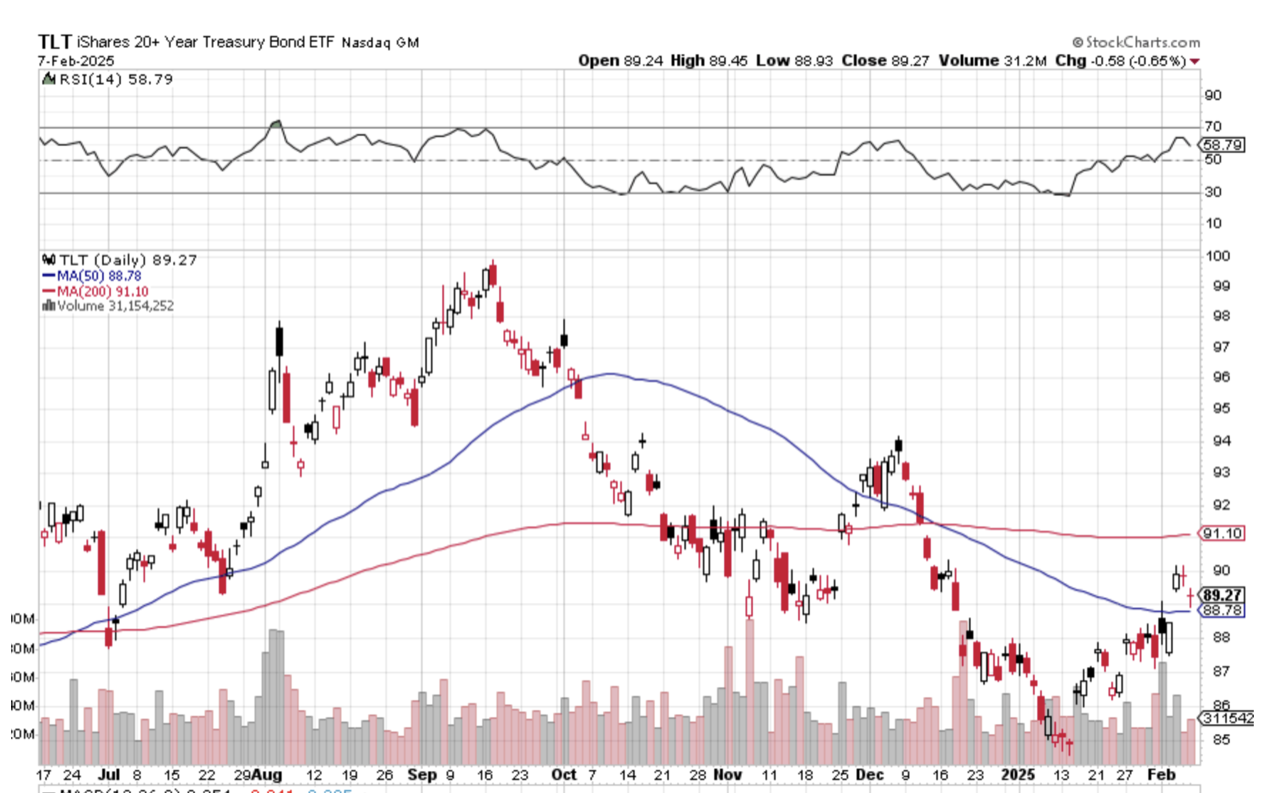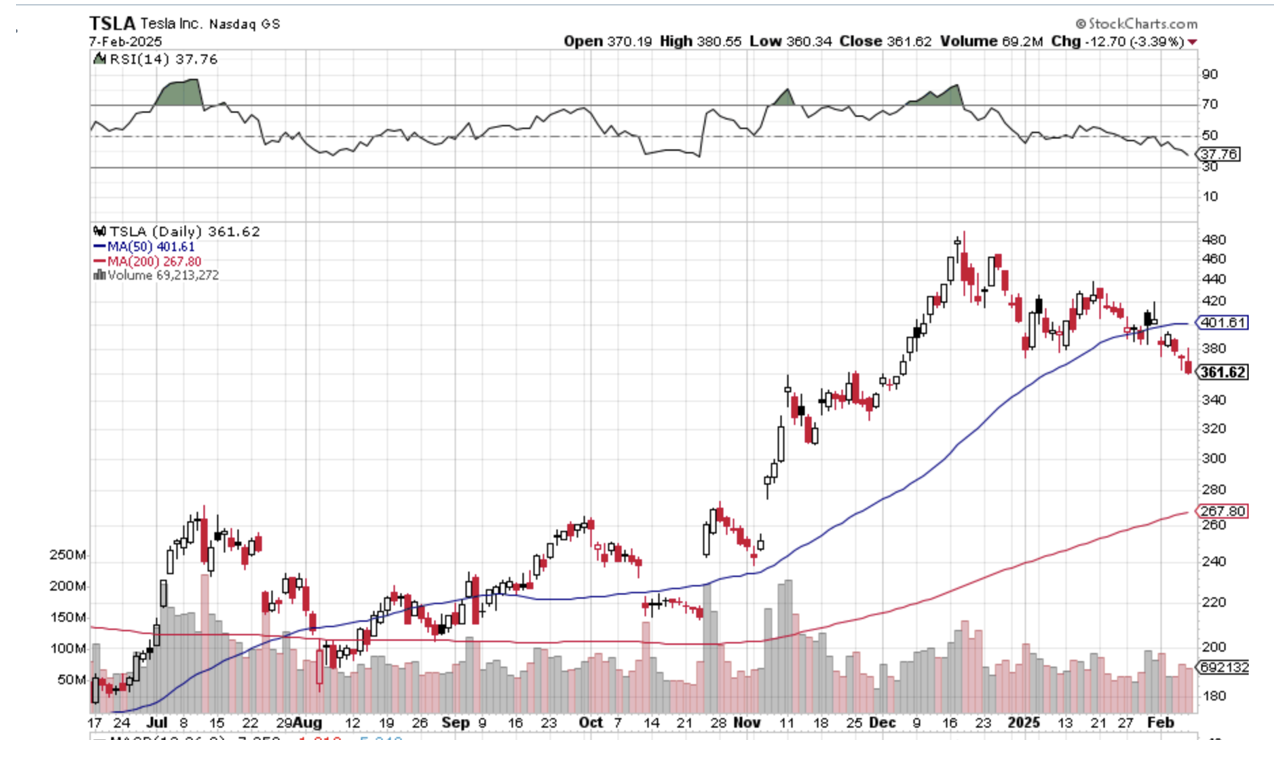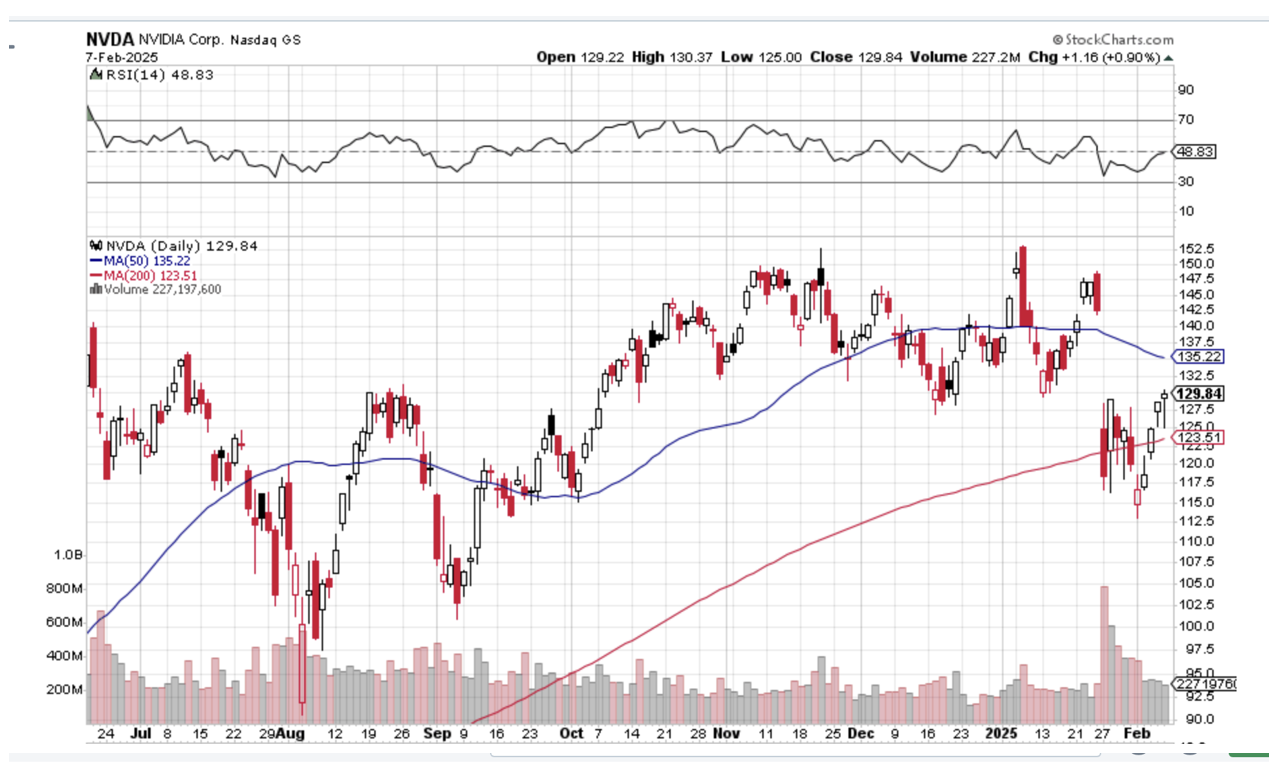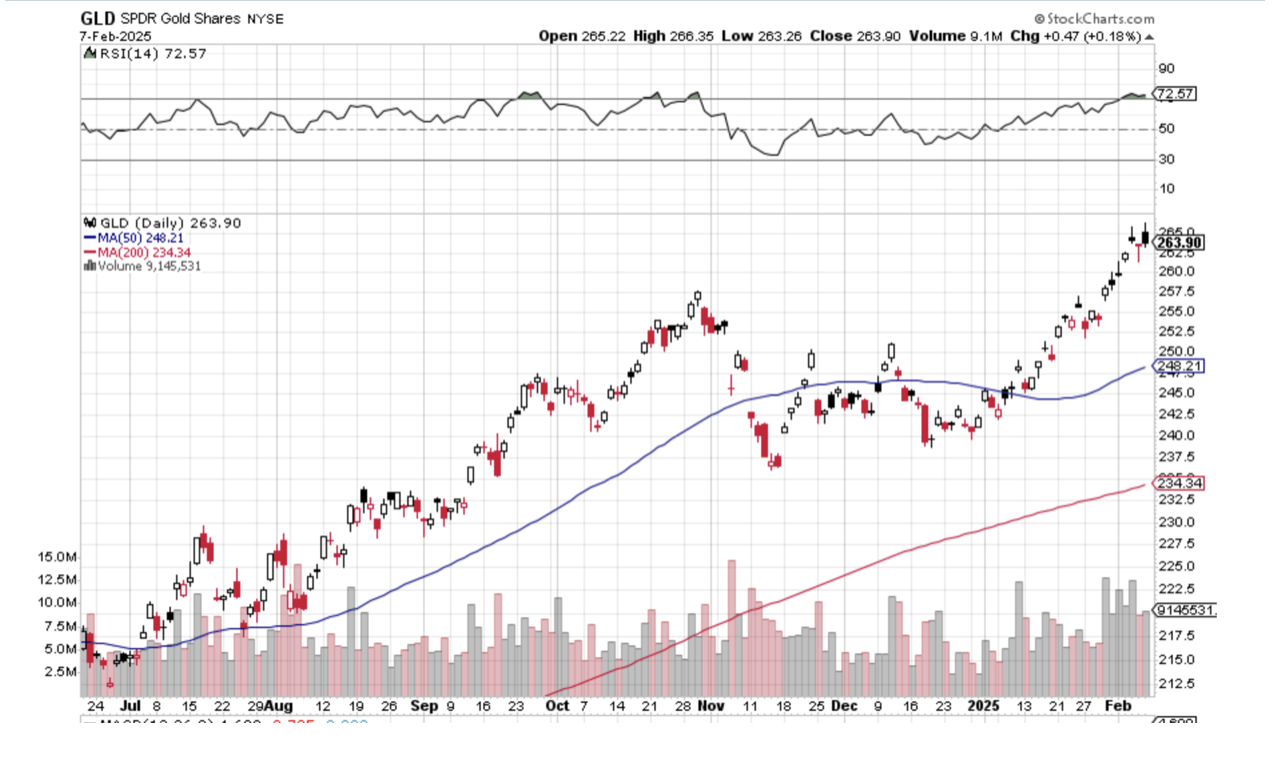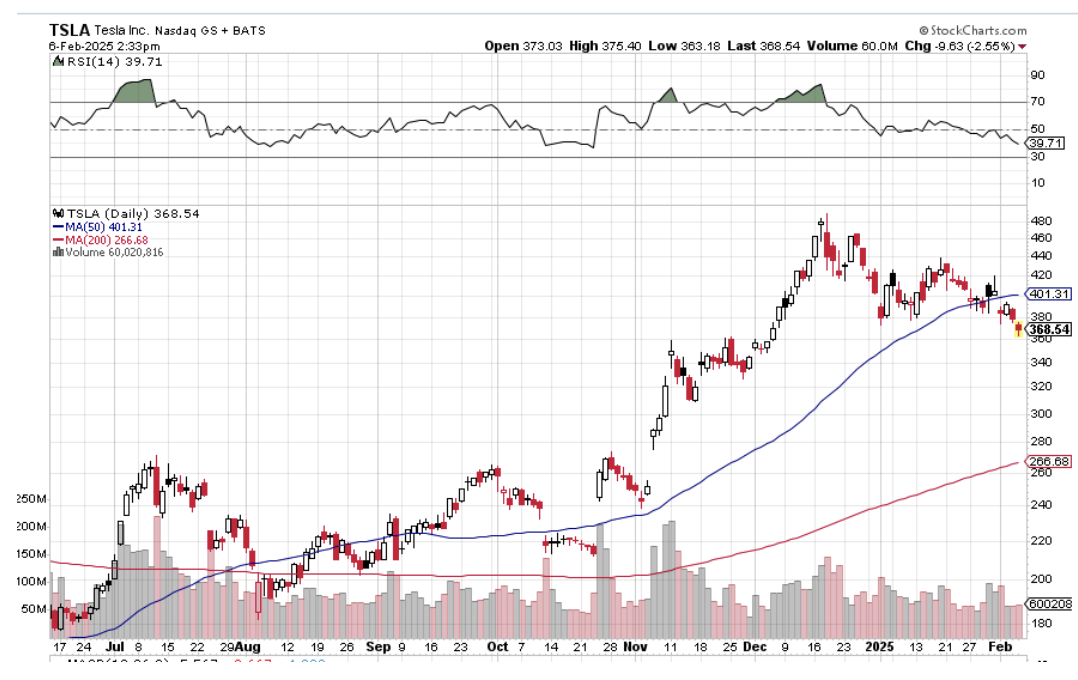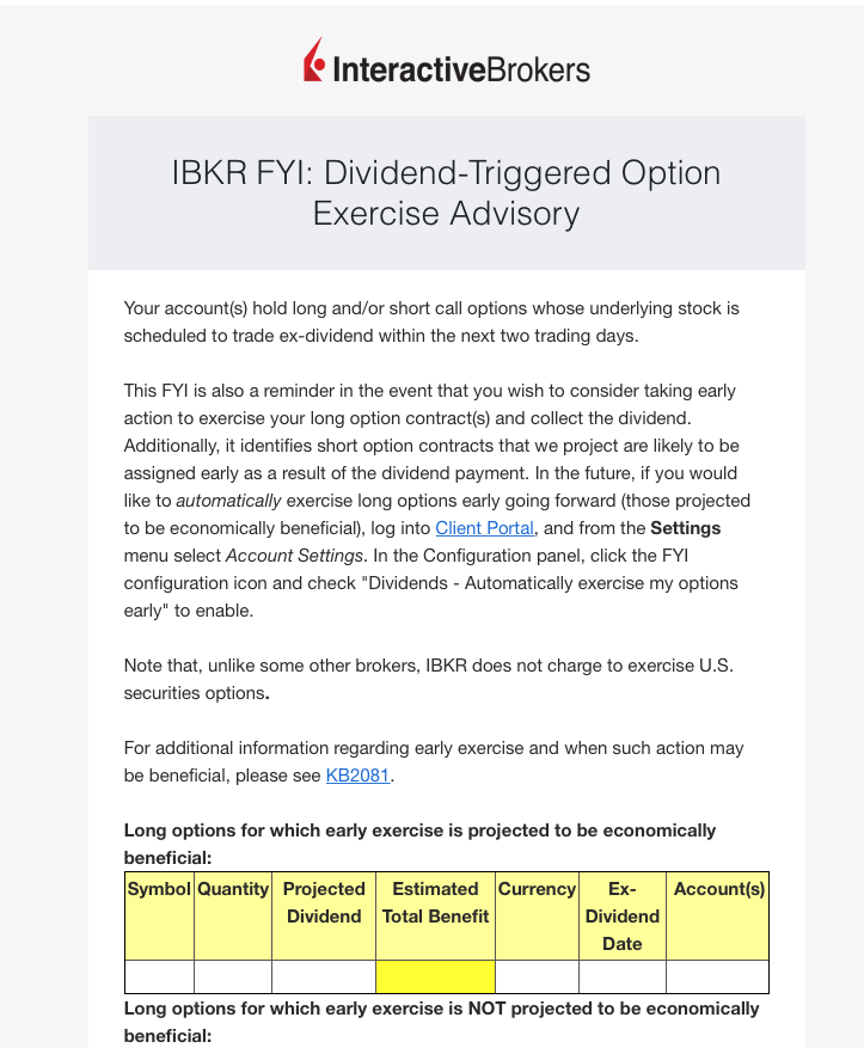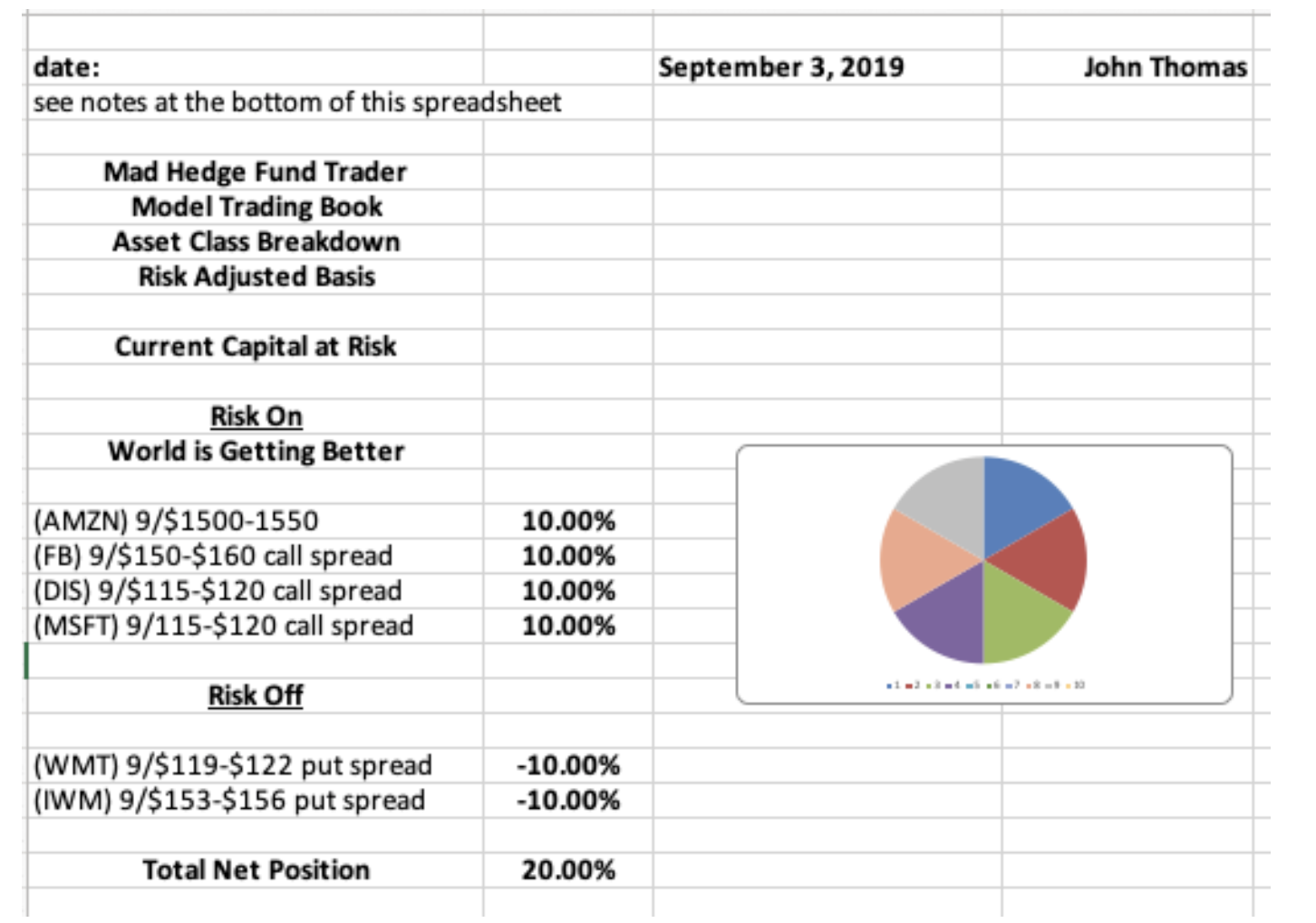As I write this, tariffs are coming into force and confusion reigns supreme at the borders. The worst-case scenario has arrived.
In the Marine Corp., they say that a missing 50-cent part can ground a $50 million dollar airplane. It turns out that many of the 50-cent parts are made in Canada and Mexico, which are now in trucks stuck in massive traffic jams at the border. The border is in no way set up for any change in the tariff regime.
Think of it as a mini Covid shock to the supply chain. The parts will eventually show up but will be more expensive.
This is not what traders wanted to hear. That great whooshing sound was the stock market giving up hard-fought gains for the day. Nervousness is running rampant.
With mass firing on the way throughout the government, it’s just a matter of time before the passport renewal process extends from weeks to years. I am telling friends and family to renew now before the process clogs up and shuts down. At the very least, fees are about to go up a lot, now at $130.
When I opened up my laptop on Sunday night and saw the NASDAQ ($COMPQ) down 900 points, I thought that a new war had broken out somewhere or another 9/11 event had taken place. That recovered to down only 400 by the New York opening. This is exactly the set up I had been waiting for since mid-December. I started piling in on longs in big tech stocks, turning my January performance from lackluster to robust in a matter of days.
And that’s the way it’s going to be in 2025. Maintain iron discipline and hold out for these rare sweet spots, then pile in. Never chase, that was last year’s game. We could be range trading for quite some time. Index players might be lucky to make anything by year-end, and might be better off parking their money in 90-Treasury bills, now yielding 4.2%.
By the end of the week, most of the losses were recovered, except for the big AI providers like (NVDA) and (AMD), which have had their own problems for the last seven months. The net is that it is potentially bad news for AI providers and great news for AI users, which is almost everybody.
I have heard from several clients that they spent the week trying to trip up the DeepSeek program and have come up with hilariously inaccurate answers. For example, DeepSeek didn’t know that my former USC classmate OJ Simpson died last year and thought he was a current NFL football player. And don’t ask who Winston was in 1984. Other examples about.
In the meantime, the big tech companies are all tinkering with DeepSeek, making changes and improvements. It is definitely a clever programming improvement, but it’s not going to destroy the world.
Whatever happened to Cold Fusion?
Remember that 1990’s meme that set stocks on fire? It was supposed to give us free electricity forever. Except that here I am 35 years later, and cold fusion is still 20-40 years into the future. It’s always 40 years in the future. The same thing happened with the 3D printing craze and the fax mania before that.
That’s what came to mind last December when I first heard that the Chinese app DeepSeek had delivered a revolutionary new AI program that was supposed to cut the need for high-end chips by 99%. I ignored it just like all of the other Chinese apps that come out on a daily basis.
Which leads me to the quandary of the day. Why the heck is Europe suddenly doing so well? The German stock market has outperformed the S&P 500 (SPY) by a large margin in recent months. Whenever I mention putting a dollar into any European country, my continental friends say I’m out of my mind and that they only want more American investment ideas. Is there something going on here?
My only thought is that the markets may be discounting an end to the Ukraine War this year. If so, some 10 million barrels a day of oil would be unleashed on the market, taking prices down to $30 a barrel. Ukraine would reclaim its position as the world’s largest agriculture exporter, collapsing prices for wheat and sunflower oil. And Europe will be able to pare back its recently increased defense spending.
You heard it here first.
By the way, the 9/11 reference brings to mind one of the most notorious short sales of all time. The day before the attack, a Swiss bank acting on behalf of an anonymous client bought several thousand short-dated put options on American Airlines (AA). After two American planes were deliberately crashed in a suicide attack, the trade made $200 million. The FBI set a trap to arrest those who came to collect. But they never showed. Eventually, the trades were unwound by the exchange. It’s all true.
We managed to attain a respectable +5.80% return in January. That is close to my average monthly return for all of 2024. The magic is still there.
That takes us to a year-to-date profit of +5.80% so far in 2025. My trailing one-year return stands at +85.34% as a bad trade a year ago fell off the one-year record. That takes my average annualized return to +49.96% and my performance since inception to +757.69%.
I used the Monday meltdown to start filing in positions in Nvidia (NVDA) and Vistra (VST). That is on top of my existing short strangle in Tesla (TSLA). The Mad Hedge Technology added a slew of long on Microsoft (MSFT), Adobe (ADBE), Dell (DELL), and (NVDA).
Some 63 of my 70 round trips, or 90%, were profitable in 2023. Some 74 of 94 trades have been profitable in 2024, and several of those losses were really break-even. That is a success rate of +78.72%.
Try beating that anywhere.
Technology Stocks Destroyed on News of China’s DeepSeek, an AI program that takes them a great leap forward. U.S. technology firms like Nvidia plunged, as Chinese startup DeepSeek sparked concerns over competitiveness in AI and America’s lead in the sector, triggering a global sell-off. DeepSeek launched a free, open-source large language model in late December, claiming it was developed in just two months at a cost of under $6 million. These developments have bolstered questions about the large amounts of money big tech companies have been investing in artificial intelligence models and data centers.
US Home Sales Hit 30-Year Low in 2024, the second year in a row of weak sales. High costs related to homeownership sapped sales again. The average rate for a 30-year fixed mortgage has hovered between 6% and 8% since late 2022. Avoid interest rate plays.
Nvidia Drops $600 Billion in Market Capitalization, the largest in stock market history. CEO Jensen Huang’s net worth dropped below $100 billion, while CEOs of the Mangiest Seven plunged by $67 Billion. I told you it was coming. Buy when the washout finishes. The bubble didn’t burst.
The Cruise Business is Rocketing, with Royal Caribbean (RCL) just running up its best five-week sales period in history. There is a two-year wait to order the enormous new ships, the biggest, 264,000-tonne Icon of the Seas, carries a mind-blowing 7,400 passengers. Buy (RCL) and (CCL)on dips.
US Consumer Confidence Dives amid renewed concerns about the labor market and inflation. The Conference Board said on Tuesday its consumer confidence index fell to 104.1 this month from an upwardly revised 109.5 in December. Economists polled by Reuters had forecast the index rising to 105.6 from the previously reported 104.7.
Fed Leaves Interest Rates Unchanged at 4.25%, tanking stocks. All interest rate plays will remain dead in the water. Will the pause be for six months or a year, or will the next Fed be a rate rise? Jay Powell is waiting for the impact of new government policies like all the rest of us. Buy financials on dips. The Fed's balance sheet continues to shrink and is down to $6.8 trillion, withdrawing liquidity from the system. All references to “progress” on inflation were dropped.
Coffee Prices Hit a New All-Time High at $3.60/pound for Arabica. Brazil, by far the world's largest producer, has few beans left to sell, and worries over its upcoming harvest persist. Dealers said 70%-80% of Brazil's current arabica harvest has been sold and new trades are slow. Brazil produces nearly half the world's arabica beans, a high-end variety typically used in roast and ground blends. This is yet another climate change play.
Waymo Self-Driving Taxis Expanding to Ten New Cities. After testing the Waymo Driver in multiple cities, the company says the technology is adapting successfully to new environments, leading to the expansion. In addition to ongoing trips to Truckee, Michigan's Upper Peninsula, Upstate New York, and Tokyo, the expansion includes testing in San Diego and Las Vegas, with more cities yet to be announced.
Tesla Bombs in 2024, with earnings at $25.5 billion last year versus $27.2 billion, or down 5.5%. Even a presidential friendship can’t boost earnings. Despite missing on every metric, the shares were only down $3 today. Tesla is more about belief in the future and today’s facts. But full self-driving will launch in the US in June after being stalled by the previous administration. No guidance for sales in 2025. Energy storage was the big grower last year and will do well this year. Not the rose bed I was promised. My short position is looking good, but I’m maintaining my long-term target of $1,000.
US GDP Finishes 2024 at 2.3%, less than expected but still the strongest in the world. Household spending grew at a 4.2% pace, most since early 2023. Equipment spending fell at a 7.8% rate on the Boeing strike impact. What happens next is anyone’s guess.
Microsoft Blows Up on Cloud Guidance, on huge earnings disappointment, taking the stock down 6%. The company beat estimates on the top and bottom lines but fell short on estimates for its Intelligent Cloud business. Microsoft’s Commercial Cloud segment revenue, which includes cloud services sales, saw revenue of $40 billion, a 21% year-over-year increase but shy of Wall Street expectations of $41.1 billion. Microsoft's intelligent cloud business, which includes its Azure platform, saw revenue of $25.5 billion. Wall Street was expecting $25.8 billion. I’m buying the dip.
Weekly Jobless Claims Fall 16,000 to a seasonally adjusted 207,000 for the week ended Jan. 25, the Labor Department said on Thursday. Economists polled by Reuters had forecast 220,000 claims for the latest week.
Consumer Inflation Expectations Comes in Soft. The personal consumption expenditures price index increased 2.6% on a year-over-year basis in December, while core PCE was at 2.8%, both in line with expectations but well ahead of the Fed’s 2% target. Personal income climbed 0.4% as forecast, while spending rose 0.7%. Markets liked the number.
Apple is Catching a Bid on the assumption that diplomat Tim Cook can somehow avoid import duties from China. Even at a 100% tariff, it would probably add only $100 to the cost of an iPhone, which is made in China.
My Ten-Year View – A Reassessment
When have to substantially downsize our expectations of equity returns in view of the election outcome. My new American Golden Age, or the next Roaring Twenties is now looking at a headwind. The economy will completely stop decarbonizing. Technology innovation will slow. Trade wars will exact a high price. Inflation will return. The Dow Average will rise by 600% to 240,000 or more in the coming decade. The new America will be far more efficient and profitable than the old.
My Dow 240,000 target has been pushed back to 2035.
On Monday, February 3 at 8:30 AM EST, the ISM Manufacturing Index PMI is out.
On Tuesday, February 4 at 8:30 AM, the JOLTS Job Openings is released.
On Wednesday, February 5 at 8:30 AM, the ISM Survives PMI is printed.
On Thursday, February 6 at 8:30 AM, the Weekly Jobless Claims are disclosed.
On Friday, February 7 at 8:30 AM, Nonfarm Payroll Report for January is announced. At 2:00 PM the Baker Hughes Rig Count is printed.
As for me, the University of Southern California has a student jobs board that is positively legendary. It is where the actor John Wayne picked up a gig working as a stagehand for John Ford which eventually made him a movie star.
As a beneficiary of a federal work/study program in 1970, I was entitled to pick any job I wanted for the princely sum of $1.00 an hour, then the minimum wage. I noticed that the Biology Department was looking for a lab assistant to identify and sort Arctic plankton.
I thought, “What the heck is Arctic plankton?” I decided to apply to find out.
I was hired by a Japanese woman professor whose name I long ago forgot. She had figured out that Russians were far ahead of the US in Arctic plankton research, thus creating a “plankton gap.” “Gaps” were a big deal during the Cold War, so that made her a layup to obtain a generous grant from the Defense Department to close the “plankton gap.”
It turns out that I was the only one who applied for the job, as postwar anti-Japanese sentiment then was still high on the West Coast. I was given my own lab bench and a microscope and told to get to work.
It turns out that there is a vast ecosystem of plankton under 20 feet of ice in the Arctic consisting of thousands of animal and plant varieties. The whole system is powered by sunlight that filters through the ice. The thinner the ice, such as at the edge of the Arctic ice sheet, the more plankton. In no time, I became adept at identifying copepods, euphasia, and calanus hyperboreaus, which all feed on diatoms.
We discovered that there was enough plankton in the Arctic to feed the entire human race if a food shortage ever arose, then a major concern. There was plenty of plant material and protein there. Just add a little flavoring and you have an endless food supply.
The high point of the job came when my professor traveled to the North Pole, the first woman ever to do so. She was a guest of the US Navy, which was overseeing the collection hole in the ice. We were thinking the hole might be a foot wide. When she got there, she discovered it was in fact 50 feet wide. I thought this might be to keep it from freezing over, but thought nothing of it.
My freshman year passed. The following year, the USC jobs board delivered up a far more interesting job, picking up dead bodies for the Los Angeles Counter Coroner, Thomas Noguchi, the “Coroner to the Stars.” This was not long after Charles Manson was locked up, and his bodies were everywhere. The pay was better too, and I got to know the LA freeway system like the back of my hand.
It wasn’t until years later, when I had obtained a high security clearance from the Defense Department that I learned of the true military interest in plankton by both the US and the Soviet Union.
It turns out that the hole was not really for collecting plankton. Plankton was just the cover. It was there so a US submarine could surface, fire nuclear missiles at the Soviet Union, and then submarine again under the protection of the ice.
So, not only have you been reading the work of a stock market wizard these many years, you have also been in touch with one of the world’s leading experts on Artic plankton.
Live and learn.
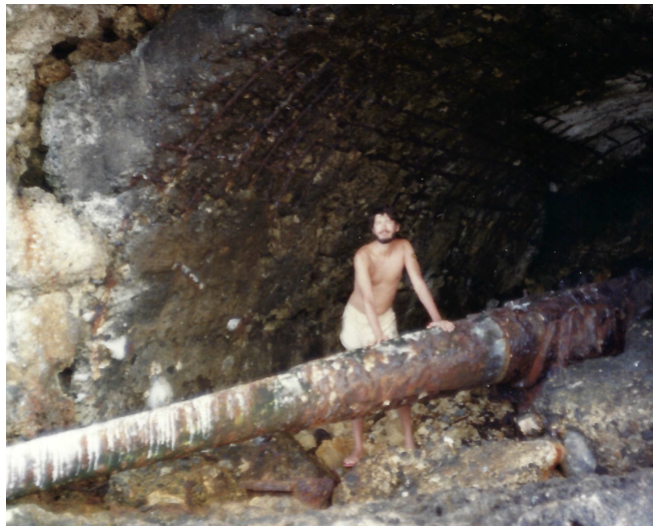
1981 on Peleliu Island in the South Pacific
Stay Healthy,
John Thomas
CEO & Publisher
The Diary of a Mad Hedge Fund Trader
